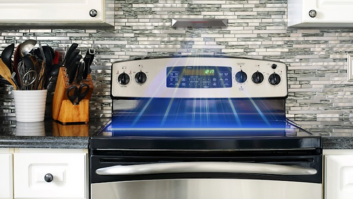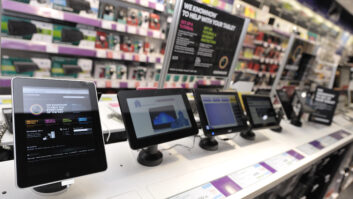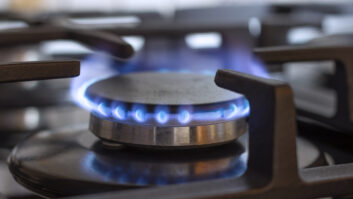Warrenton, Va. — New energy-saving lighting standards signed into law by President George Bush in December won’t affect the installation of low-voltage lighting by custom installers, but in only a few months, it will affect the selection of reflector bulbs used in 120-volt recessed- and track-lighting fixtures, the Home Lighting Control Alliance (HLCA) warned.
After June 16, it will be illegal to manufacture incandescent, non-halogen reflector bulbs used in recessed- and track-lighting fixtures in the 50- to 150-watt range, explained HLCA chairman Gary Meshberg. Consumers, however, can continue to use 50- to 100-watt halogen reflector bulbs in these fixtures, but the light they cast indoors will differ from what consumers are usually accustomed, he said.
The legislation, which phases in a ban on most standard incandescent bulbs beginning in 2012, will encourage the use of compact fluorescent lights (CFLs), but HLCA said it does not recommend the use of current-generation CFLs in dimmable recessed fixtures, even if the CFLs are rated for use with dimmers.
Halogen reflectors are slightly more expensive than non-halogen reflectors, feature longer life spans, and are more energy-efficient, Meshberg said. The light emitted by a halogen is also whiter than that delivered by an incandescent reflector bulb, and the light is beamier. Like an incandescent, the halogen projects a bright circle of light onto the floor, with the light fading off as the distance from the center increases. With a halogen, however, the center of the beam will be brighter and more defined than its incandescent counterpart. If the beam is aimed at a painting or object on the wall, it will cast more shadows, Meshberg added.
As for using CFLs in these fixtures, HLCA suggests you forget about it. Dimmable CFLs are available at The Home Depot and other outlets but are harder to find, so purchasers have to carefully read the label, Meshberg said. When you do find one, it will still take one to two minutes to reach full brightness after it’s turned on, he added. CFLs are also whiter than incandescent at full brightness, and as they’re dimmed, they get even whiter, whereas incandescent get warmer as they dim. When you dim the CFL to about 20 percent or 30 percent of its output, the light goes completely dark or flickers slightly, he continued.
Perhaps in a year or two, Philips hopes to deliver CFLs that emulate incandescent bulbs, added Meshberg, business development manager of Philips-owned Lightolier Controls.
The energy legislation phases in a ban on 40- to 100-watt medium-base incandescent bulbs, which are used for light bulbs that fit into standard table-lamp sockets. Medium-base sockets are also used in 120-volt recessed and track lights.
Also exempt: small candelabra incandescent bulbs, rarely used intermediate-base incandescent bulbs and three-way medium-base bulbs. Also exempt, as are automotive and marine bulbs, bug-light and black-light bulbs, and traffic-light bulbs, Meshberg said.
HLCA was formed in 2006 to raise consumer and trade awareness of lighting-control systems.












